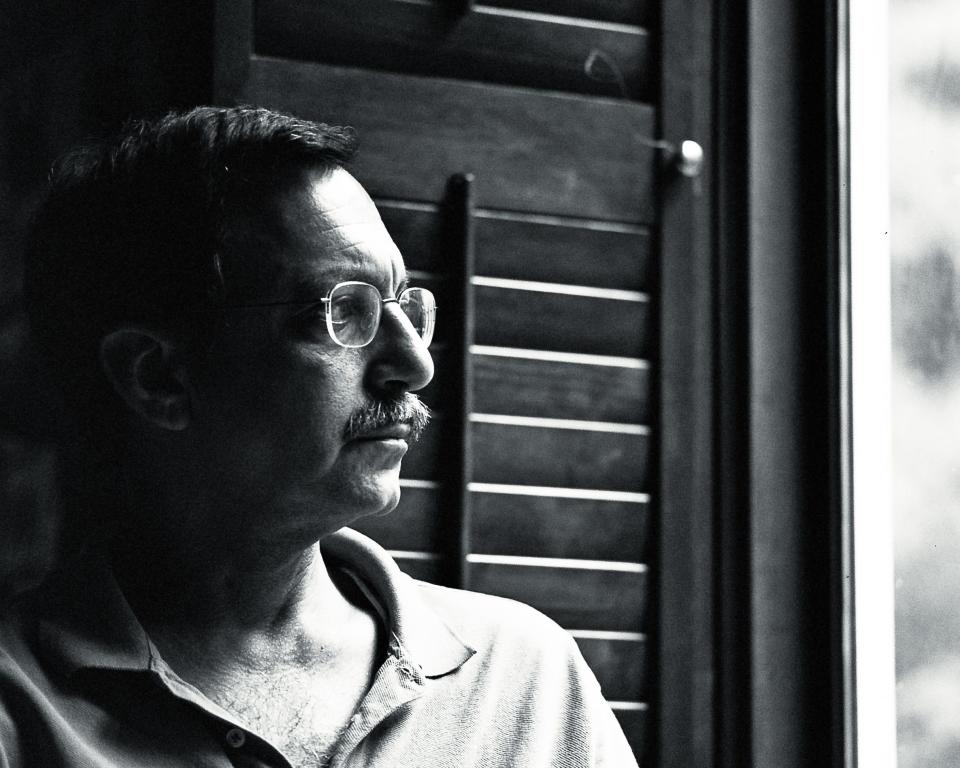Visiting Our Past: Documents give insights into rich Cherokee history
Recently, this column's survey of Western North Carolina winters proved popular — and now I find I'd like to slip in another freezer.
The year: 1596. The winter was so cold that, even out east, bodies of water froze, and geese came down to the woods to eat acorns. Locals were able to hit the geese on the head with sticks to obtain meat for their tables.
The news comes to us via John Lawson and his 1709 book, "A New Voyage to Carolina," excerpted in "Native Americans in Early North Carolina," a thematic collection of primary sources, just published by the State Department of Archives and History.
Read the reed
Lawson got his facts from a Native "conjurer," who was able to retrieve stories as well as dates from "a Parcel of Reeds, of different Lengths, with several distinct marks," or notches.
The Cherokee, according to Col. John Herbert, Commissioner of Indian Affairs for South Carolina in 1727, had another method of recording info — knotted strings.
As the Archives and History "Documentary History" makes evident, we are dependent on Europeans for much of our knowledge of Indian history during colonial times.
It's hard to imagine how Native Americans held onto their history so well through oral tradition and prompts, when we modern whizzes are lucky if we can fill a page with what we remember about our great-grandparents.
Honoring the Cherokee
There's so much we all want to know about the Cherokee; and that "we" includes Cherokees who, having survived loss of land and traditions, are actively restoring their heritage.
The wish gives us the opportunity to acknowledge the recent passing of Robert Conley, Cherokee scholar and author and, since 2008, the Sequoyah Distinguished Professor of Cherokee Studies at Western Carolina University.
"Linking back" is what Conley constantly did, walking the streets of Tahlequah, capital of the Cherokee Nation (now in Oklahoma), and traveling to "Keetoowah (on the Tuckaseegee River) ... the town where we all come from," he reflected in his 2008 book, "Cherokee Thoughts, Honest and Uncensored."
"Our connection with the past gives us reason for being," he stated. "Madness is, I think, a broken link."
The rest of us — the not Cherokees — can't help but read into their history a model for an alternative society, one that existed for thousands of years, and took a fall only through evils brought by imperialists.
About fairness
One of the evils imposed on the Cherokee was the American practice of ratifying land-grabbing treaties by delegating tribal leaders who did not represent the whole Cherokee nation.
Traditionally, Cherokee leaders had no autocratic power; they were consensus-form-ers, revered for their fairness.
The Cherokee, James Adair wrote in his 1775 "History of the North-American Indians," "have no words to express despotic power." The best they can do is say, "'bad war chieftains of a numerous family, who enslaved the rest.' The power of their chiefs is an empty sound. They can only persuade or dissuade the people."
Conley wrote about the Cherokees' sense of humor (citing Will Rogers in particular), which they used in their judicial proceedings, as recorded by European witnesses.
Adair again: When a young person commits a crime, the Cherokee "commend the criminal before a large audience," and engage in jests. If the crime is theft, "they praise his honest principles" and "they introduce the minutest circumstances of the affair, with severe sarcasms which wound deeply."
The Cherokees' sense of fairness imbues their religion, in which the Terrestrial World must maintain a balance between the Upper World (representing purity) and the Lower (chaos).
The shame of not being fair trumps all else.
John Stuart, superintendent of Great Britain's Indian Department in 1764, told the British Board of Trade about how the Cherokee principal Warrior and Beloved Man were in charge of dividing up farm lots with "the Exactest equality," for "the greatest Man amongst them, would, by the least partiality, for ever forfeit the good Opinion of His Towns men, upon which alone His influence and power depend."
Revolution
The Archives and History book of documents reveals many other aspects of North Carolina Native American life: architecture, adornment, spectacular dances, family relations, snake lore, the game of chungke (which the Europeans called "running hard labor"), and how old women guarded the pumpkin patch.
It also chronicles what happened to Cherokee society once European trade and dominance broke it.
In December 1757, Captain Paul Demere, commander of Fort Loudon, reported a sad chain of events that followed the seizure by British creditors of "four Negroes and some Goods" from Cornelius Daugherty's home near Hiwassee.
Cherokees who witnessed the event spread the alarm that "the White people were coming to carry them away." A few days later, Samuel Benn, a merchant who stopped at the Daugherty house, was stopped by four Indians on his way to the next town and compelled to hand over his rum (he had none) and then his goods.
Benn refused. He was assaulted with sticks and rocks. He fired his gun and killed the lead Indian.
It was a violent and confusing time, the midst of the French and Indian War. Fort Loudon was a new intrusion. The Cherokees in the Hiwassee area restored peace, not requiring retribution for the murder, a rule of restoring balance in a normal world.

Rob Neufeld writes the weekly "Visiting Our Past" column for the Citizen-Times. This column originally was published March 10, 2014.
This article originally appeared on Asheville Citizen Times: Visiting Our Past: Documents give insights into rich Cherokee history

